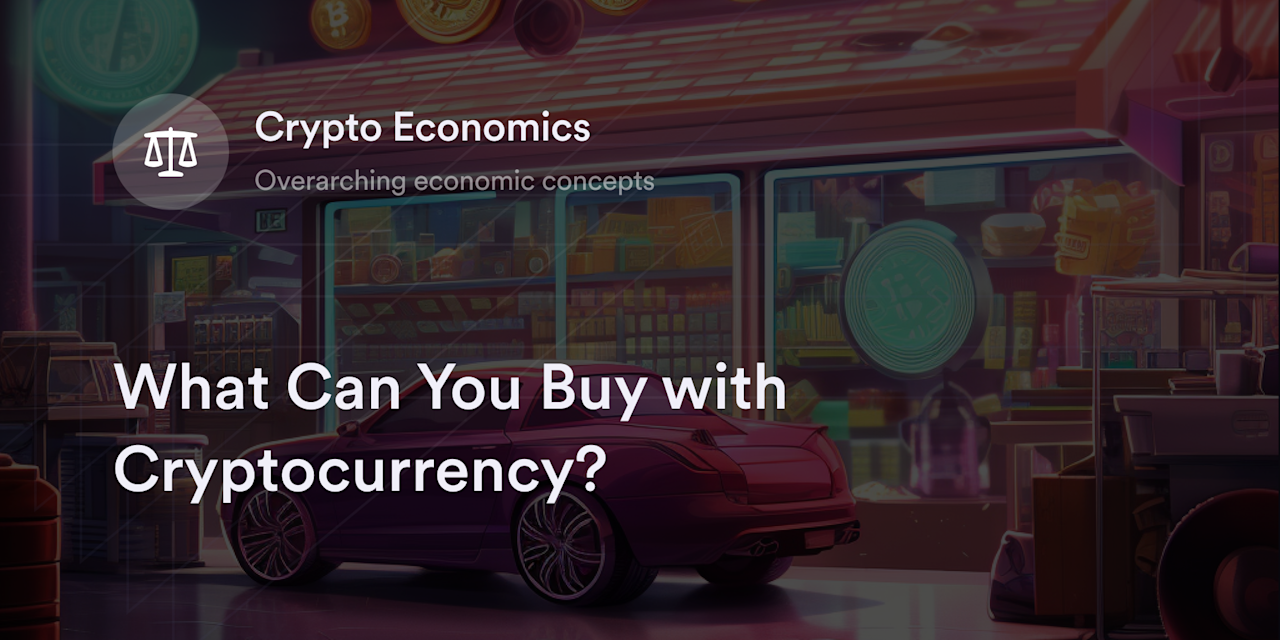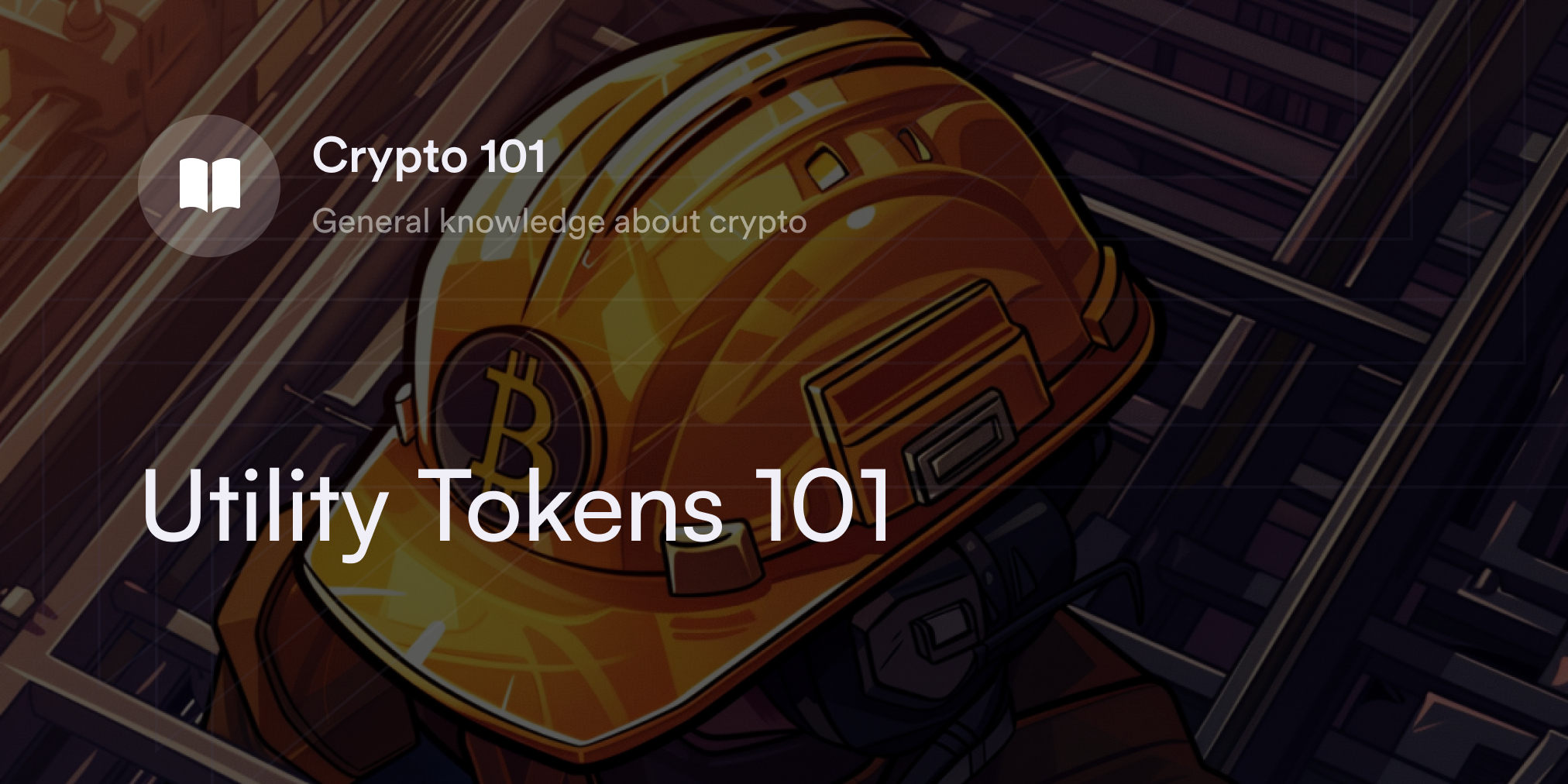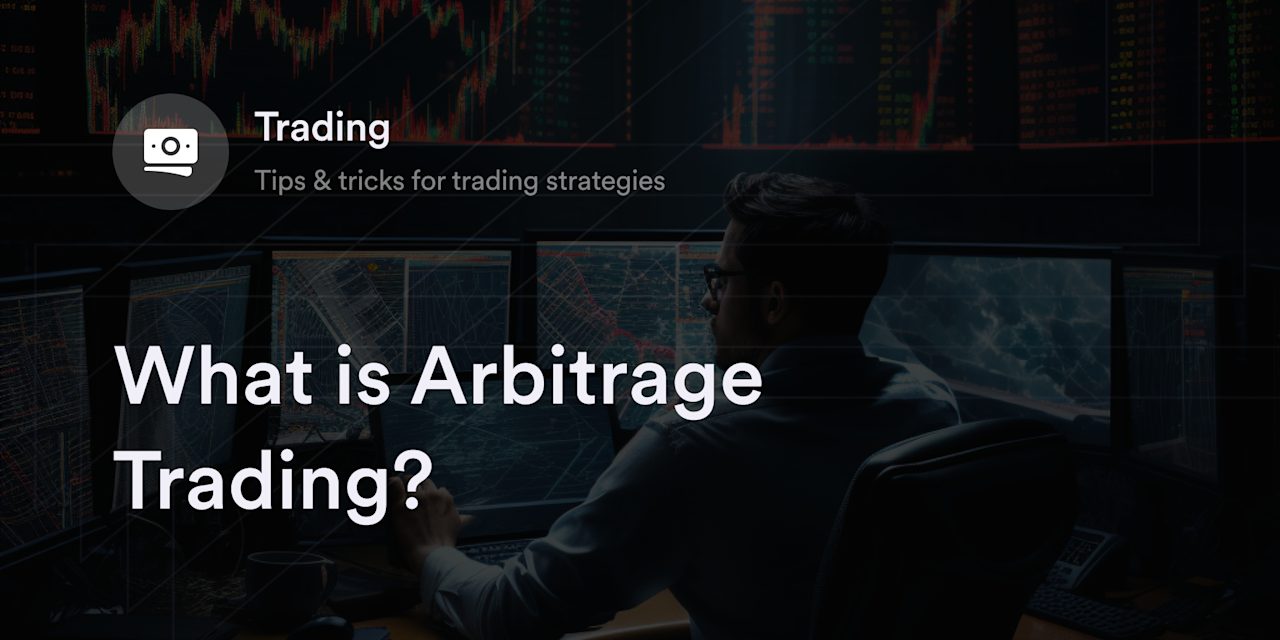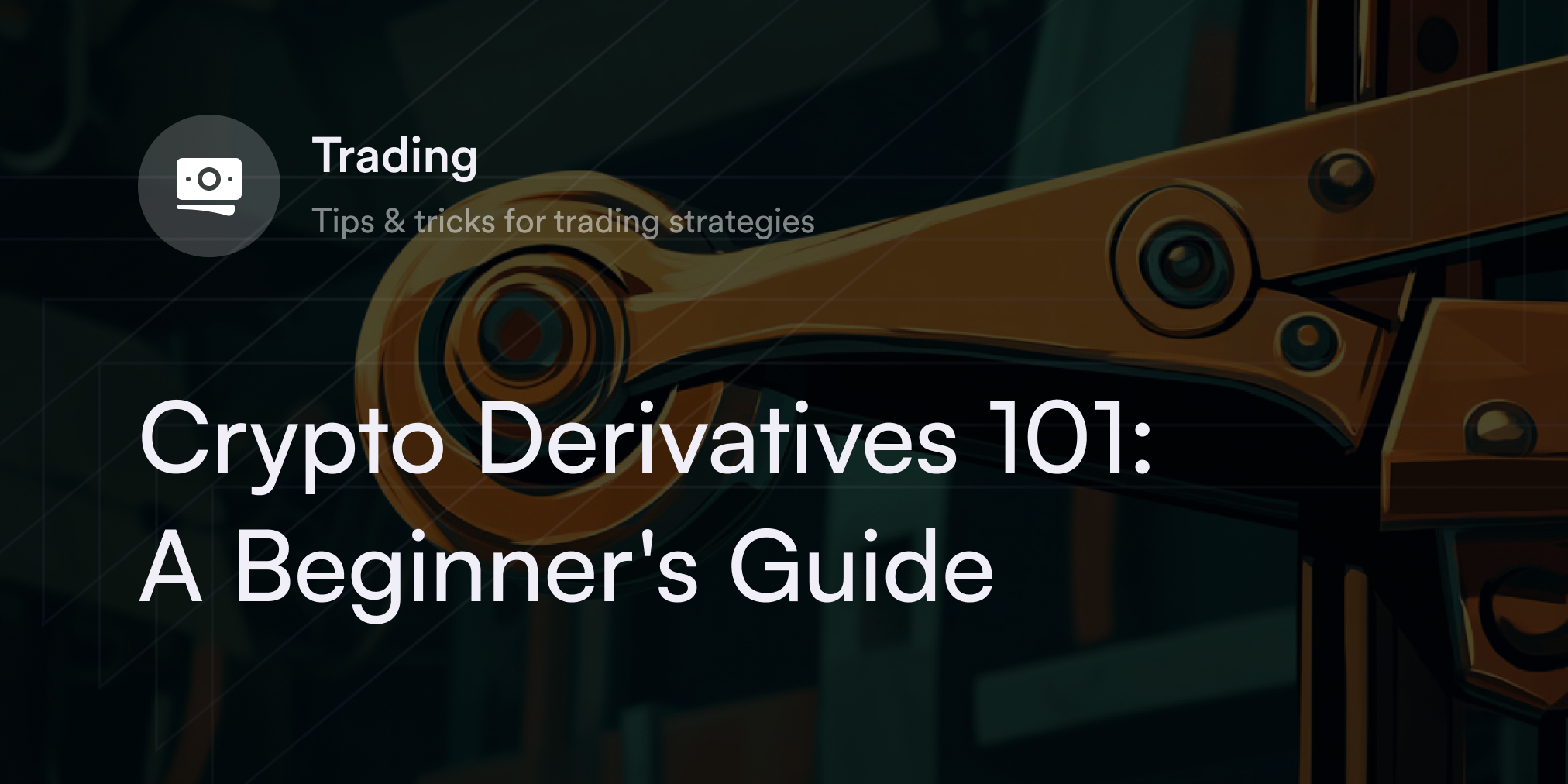
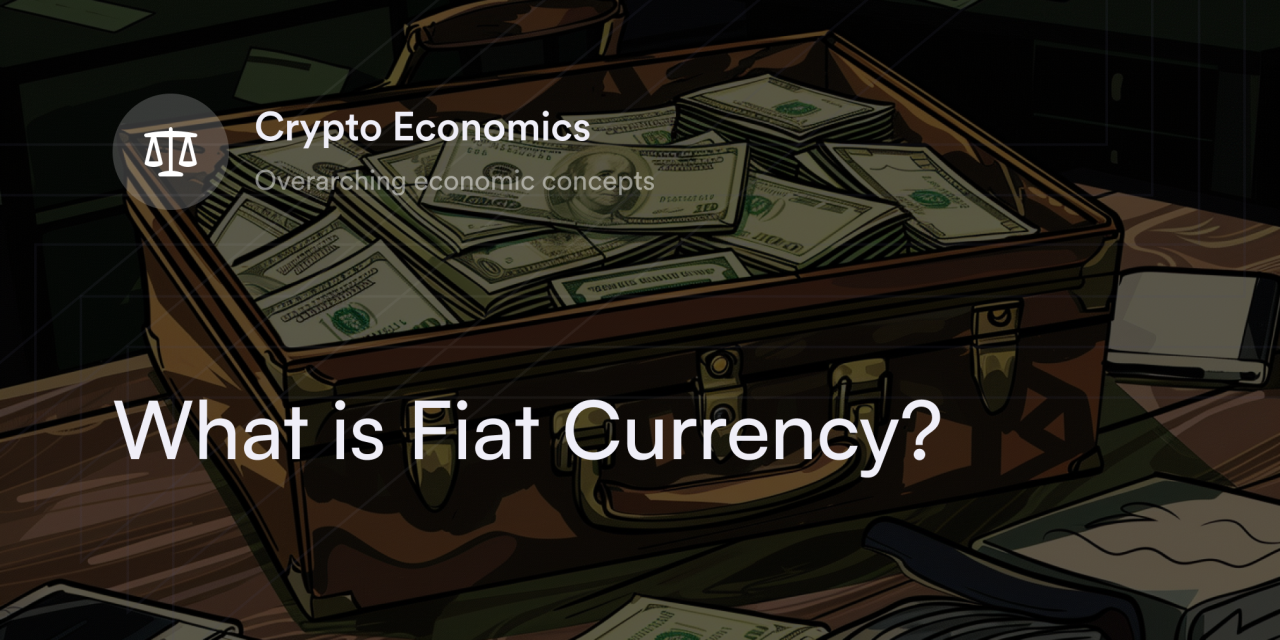

In 2021, the cryptocurrency community cheered as the global market cap for digital assets surpassed the $1 trillion mark. Despite this record achievement, cryptocurrencies’ market size and global reach are still significantly smaller than other asset categories, particularly fiat currencies. In fact, recent statistics suggest there's at least $36.8 trillion worth of fiat currencies in the global economy, with the daily trading volume on fiat currency exchanges (aka forex) of $5 trillion per day. In contrast, the daily trading volume for cryptocurrencies rarely breaks above $500 billion.
Since fiat currencies are so central to the current financial system, it helps to compare digital currency with fiat to better understand the unique features cryptocurrency brings to the table. Let's take a closer look at what fiat currency is, what fiat means, and how the definition of fiat differs from crypto.
What is Fiat Currency?
Fiat currencies are government-backed units of exchange issued by each nation's central bank, where fiat means determination by authority. People are probably most familiar with fiat currencies as they use paper bills or coins to pay for groceries or gasoline.
In many nations, terms like "fiat currency," "cash," and "money" are used interchangeably. However, before the 20th century, many paper bills, which were precursors to today's fiat currencies, represented ownership in a commodity like precious metals, such as gold (aka representative money). Throughout the 20th and 21st centuries, more governments moved away from using the gold standard to back the value of paper money. Instead, they issued fiat currencies based on trust in the issuing authority. For example, the U.S. dollar (USD) has value in relation to the stability of the U.S. government rather than ownership rights in a physical commodity. Without the restraint of only issuing bills covered by physical gold reserves, the fiat monetary system allows governments to adjust the money supply in response to economic concerns, such as inflation or a recession. Today, fiat currencies have become the dominant mediums of exchange worldwide and continue to be the preferred payment option for goods and services.
On top of their use as a medium of exchange, many government-issued fiat currencies double as "world reserve currencies," meaning countries hold large quantities of fiat bills for investment and trade purposes. Although dozens of competing currencies exist, the USD remains the dominant reserve currency at roughly 60% of the total reserve supply. Other examples include the European Union's euro (EUR), China's renminbi (CNY), and the U.K.’s British pound (GBP).
What Gives Fiat Currency Value?
Every fiat currency depends on its issuer’s legitimacy and stability (i.e., the issuing government). Because fiat dollars don't have intrinsic value like gold or silver, they're only valuable if enough people believe in the government and central bank that printed these bills. As long as enough citizens respect the authority of institutions like the European Union, the U.S. government, or the U.K. government, fiat currencies have value in the global economy.
Although trust is essential when establishing a national currency's legitimacy, macroeconomic factors and government policies also influence the price of these currencies relative to other products and assets. For example, when central banks like the U.S. Federal Reserve printed large quantities of money to combat the COVID-19 pandemic in 2020, the supply of fiat increased, decreasing the average purchasing power per dollar. Dynamics such as consumer spending patterns, interest rates, and monetary supply constantly change the market value of each fiat currency.
Fiat Currency Versus Cryptocurrency
One might wonder if they can call Bitcoin “fiat money.” Well, not really (more on this in a bit).
Like fiat currencies, cryptocurrencies are exchange units with transparent prices relative to other currencies. As long as retailers accept cryptocurrencies for their products or services, traders use crypto similar to sending fiat on fintech apps like PayPal. The major distinction between crypto and fiat is that the former usually doesn't have a centralized issuer. Instead, cryptocurrencies are virtual coins and tokens on decentralized computer networks known as "blockchains." Therefore, each cryptocurrency’s value depends on faith in the security of the decentralized programs behind these virtual currencies, not an issuer like a government or central bank.
Now let’s review Bitcoin’s example. Pseudonymous cryptographer Satoshi Nakamoto released the first successful cryptocurrency—Bitcoin (BTC)—in 2009. To establish the virtual currency’s legitimacy as a reliable peer-to-peer (P2P) medium of exchange, Nakamoto used an intricate verification system called proof-of-work (PoW) mining. In this system, computers (aka nodes) compete to solve algebraic equations every 10 minutes and post a new "block" of transactions on Bitcoin's network. Miners get BTC rewards in their crypto wallets every time they win this "mini game." For transparency, every BTC transaction is publicly viewable on Bitcoin's virtual payment ledger and crypto-related search engines known as "blockchain explorers."
Because most cryptocurrencies don't have central issuers (there are certain exceptions like stablecoins), developers write the issuance schedule for each cryptocurrency into its code. In Bitcoin’s case, Nakamoto set a max supply of 21 million BTC with a gradually diminishing inflation rate. Every four years, the number of BTC rewards per block falls by half until Bitcoin's inflation rate hits zero after the 21 millionth Bitcoin enters circulation. Unlike fiat currencies, there are no central banks in cryptocurrency to approve interest rates or monetary policy for coins and tokens.
How do People Exchange Fiat for Crypto?
As cryptocurrencies become increasingly popular among traders, more companies offer services to swap fiat currencies into crypto. For instance, many centralized crypto exchanges (CEXs) like Coinbase link with a user's bank account, debit card, or fintech apps to transfer fiat funds onto their trading platforms and buy coins like Bitcoin or Ethereum (ETH). Some popular crypto wallets like MetaMask also work with fiat-to-crypto services like MoonPay to buy digital currencies with a debit or credit card. Also, there are physical Bitcoin ATMs in some territories traders use to buy cryptocurrencies with a debit or credit card and send the cryptocurrency to a digital wallet.
To find a full list of crypto exchanges, visit crypto price aggregator websites like CoinMarketCap or CoinGecko and search through the "Exchanges" tab. But remember, not all crypto exchanges offer the same crypto trading services, and some don't operate in select regions. Always double-check the official trading policies on each crypto exchange's website before signing up for a trading account.
Enjoy Fast Fiat-to-Crypto Conversions on dYdX
Swapping fiat into crypto isn't always a seamless experience, especially for traders involved in fields like decentralized finance (DeFi) and crypto derivatives trading. To streamline the currency transfer process, dYdX recently partnered with the professional on- and off-ramp service Banxa to make it easy for eligible traders to convert fiat currencies into the stablecoin USDC.
Head to our official blog for more details on dYdX's latest features and updates. Also, check out dYdX Academy for more beginner-friendly crypto educational guides and if you are an eligible trader start trading on dYdX today.
Disclaimer
The content of this article (the “Article”) is provided for general informational purposes only. Reference to any specific strategy, technique, product, service, or entity does not constitute an endorsement or recommendation by dYdX Trading Inc., or any affiliate, agent, or representative thereof (“dYdX”). Use of strategies, techniques, products or services referenced in this Article may involve material risks, including the risk of financial losses arising from the volatility, operational loss, or nonconsensual liquidation of digital assets. The content of this Article does not constitute, and should not be considered, construed, or relied upon as, financial advice, legal advice, tax advice, investment advice, or advice of any other nature; and the content of this Article is not an offer, solicitation or call to action to make any investment, or purchase any crypto asset, of any kind. dYdX makes no representation, assurance or guarantee as to the accuracy, completeness, timeliness, suitability, or validity of any information in this Article or any third-party website that may be linked to it. You are solely responsible for conducting independent research, performing due diligence, and/or seeking advice from a professional advisor prior to taking any financial, tax, legal, or investment action.
You may only use the dYdX Services in compliance with the dYdX Terms of Use available here, including the geographic restrictions therein.
Any applicable sponsorship in connection with this Article will be disclosed, and any reference to a sponsor in this Article is for disclosure purposes, or informational in nature, and in any event is not a call to action to make an investment, acquire a service or product, or purchase crypto assets. This Article does not offer the purchase or sale of any financial instruments or related services.
By accessing this Article and taking any action in connection with the information contained in this Article, you agree that dYdX is not responsible, directly or indirectly, for any errors, omissions, or delays related to this Article, or any damage, injury, or loss incurred in connection with use of or reliance on the content of this Article, including any specific strategy, technique, product, service, or entity that may be referenced in the Article.


